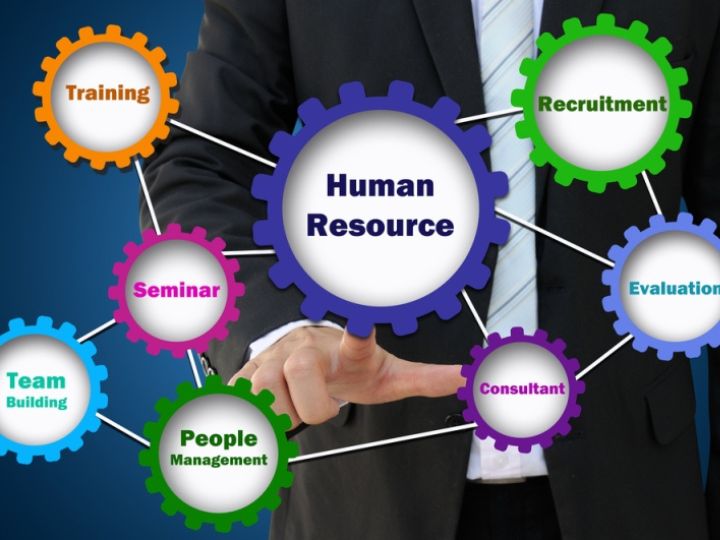What are the top roles of human resource management?


HRM is vital for businesses, providing the necessary guidance for employee success. Effective employee management helps align company objectives with those of its employees. Human Resource Management is essential for creating a productive workplace, providing activities that promote employee engagement.
This blog will explore the key functions of human resource management and explain what it is.
What is Human Resource Management (HRM)?
The process of human resource management involves recruiting, selecting and training personnel in order to achieve organizational objectives. HR management is a strategic way to maximize the potential of human resources. Employees should be aligned with organizational goals to create an efficient working environment and maximize productivity.
Top Roles of Human Resource Management
-
Recruitment and Selection
Human resource management is centered around recruitment and selection. HRM is in charge of attracting, identifying and selecting the most suitable candidates for different job roles. This involves defining job roles, advertising vacancies and conducting interviews in order to find the best candidates. HRM also ensures that the selection process is fair, unbiased, and meets the requirements of the organization.
-
Training and Development
HR management is an effective strategy to maximize the potential of employees. Aligning employees with organizational goals creates a productive and efficient workplace. HRM is responsible to design and deliver training programs that meet an organization’s objectives and needs. It involves identifying skills and knowledge gaps and developing training programs that address them. HRM also evaluates the effectiveness and aligns training programs with the goals of the organization.
-
Performance Management
Performance management is the process that involves setting goals, tracking progress, giving feedback and evaluating employee performances. HRM develops a fair, transparent and aligned performance management system with the goals of an organization. This includes setting goals and expectations for performance, giving feedback and coaching and conducting evaluations. HRM develops performance improvement programs and manages employee issues.
-
Employee Relations
Employee relations are crucial for a productive and positive work environment. HRM manages employees relations by creating policies and procedures to govern employee conduct and behavior. This includes managing employee grievances and conflicts and creating a culture of respect, inclusion, and diversity. It also manages employee benefits, rewards, and compensation.
-
Compliance and Legal
HRM ensures that an organization adheres to all employment-related legal and regulatory requirements. It’s responsible for creating policies and procedures to adhere to relevant laws and regulations such as anti-discrimination and health and safety regulations. HRM also manages legal issues relating to employment such as employment agreements, disputes and terminations.
Enroll in HR certification classes if you’d like to learn more about the HRM roles and responsibilities. Enrolling in these courses will help you learn how to motivate and manage employees, create an effective work environment and contribute to the success of your organization. The HR certification courses can also help you to advance your career by demonstrating that you are committed to professional development.






